Have you heard of any fur-like and easy-picking fabric like peached one? If not, then this article is for you to have a brief idea of what peached fabric is that you can use to make any garment. Consider this a complete guideline as we bring to you every tiny detail from its manufacturing process to applications in a compact manner.
Table Of Contents
What is Peached Fabric?
Peached is a soft-touched fabric textures that provide a peach skin with drapes. Abrasive rollers are used to create the texture as peached during the drying process with abrasive rollers (made with emery or spike, or abrasive rubber pads). Peach process provides a Soft and velvety feel, and a Matte appearance in the fabric surface.
Used peach effect in fabrics: Microfiber, Taslan, Poplin, Oxford fabric, Peach skin chiffon​​​​​, Brushed twill​​​​​​, Sueded satin​​​​​​, Nylon spandex 4-way fabrics, etc.
It is very popular for being a furry one since those rollers are used to brush fibers on a small scale. If the abrasion is more, it will create an effect like suede fabric.
What is Peached Fabric Made of?
Most of the time, the peached fabric is made of polyester/nylon with a mixture of cotton in few times. It is produced by preaching, a process of a sanding machine, which applies to any raw material fiber. It applies to any fabric that is cotton in nature, easy to blend, and has a synthetic vibe.
Peach fabric provides a velvet-like feeling as sandpaper rollers rub this fabric. It is also known as suede fabric, which is comfortable to wear. It is flimsy with textures and an increased rate of flow and drape.
Manufacturing Process:
1. Interlacing the threads:
The Intertwining of both cotton and polyester. In a peaching process, Fabric Sanding is a must. Peaching best applies to woven fabrics. Chemicals dip the sections of the material in a way that they are stretched enough to dry.
2. Peaching Process:

After a complete drying session, the machinery brushes the material in an automated way. The main process of peaching starts with creating fur-like mini fibers using abrasive rollers.
Two types of peaching techniques used in fabric:
1. Mechanical Peaching: Where an emery or opposite spike roller is used to create the effect.
-
Sueding Machines: Similar to peaching, but with more intense abrasion.
-
Emery Paper Rollers: Typically between 180–600 grit, depending on the softness required.
-
Speed and Pressure Control: The average speed is 15–30 m/min to prevent damage.
2. Chemical Peaching: Where bleach or an enzyme is used for the abrasion.
Machines Used for Peach Effect Finishing
1. Emery Roller Sueding Machines
Equipped with rotating rollers coated with emery paper (typically 180–600 grit). It gently polishes the fabric surface to raise fine microfibers.
- Working Principle: Controlled mechanical abrasion removes surface fuzz and creates a soft, suede-like hand feel.
- Speed: Operates at 15–30 m/min depending on fabric density.
- Ideal Fabrics:
2. Carbon Brush Sueding Machines
These machines use fine carbon wire brushes instead of emery rollers. It produces a subtler, more uniform surface effect.
- Working Principle: The carbon filaments gently lift surface fibers without breaking yarns, preserving fabric strength.
- Advantages: Minimal pilling, excellent for lightweight fabrics.
- Ideal Fabrics:
3. Multi-Roller Sueding Machines
Feature multiple abrasive rollers (typically 8–12 rollers) arranged in a sequential or opposing direction pattern.
- Working Principle: Multi-directional abrasion provides a consistent peach effect and improves production efficiency.
- Control System: Automated tension and pressure control for uniform finishing.
- Ideal Fabrics:
- Memory fabric
- Polyester twill
- Nylon oxford
- Cotton-polyester blends
4. Open-Width Sueding Machines
Designed for continuous and wrinkle-free processing of fabric in open-width form, preventing tubular distortion or creasing.
- Working Principle: Fabric passes flat under emery or brush rollers while maintaining constant width tension.
- Benefits: Superior dimensional stability and even surface finishing.
- Ideal Fabrics:
- Taslan nylon
- Polyester poplin
- Peach skin microfiber
- Brushed cotton twill
5. Sanding Machines
Often interchangeable with sueding units, these machines use abrasive belts or cylinders instead of rollers.
- Working Principle: Controlled sanding removes the outer fiber layer, producing a deeper nap and matte appearance.
- Advantages: Enhances drape and softness while maintaining strength.
- Ideal Fabrics:
- Heavy polyester
- Cotton canvas
- Nylon-polyester blends
6. Shearing Machines
Used after sueding or sanding to level the raised fibers and ensure a uniform surface texture.
- Working Principle: Rotating spiral blades shear excess fiber length for a clean, even finish.
- Function: Balances softness and visual smoothness.
- Ideal Fabrics:
- Velvet and velour
- Sueded polyester
- Fleece and brushed knit
- Heavy Taslan
3. Outcome:
We get those soft and easy-to-touch hand fabrics with super texture.
Peach finish fabric or “Peaching” As a Process During Manufacturing
In polycotton fabric, the peach finish fabric is used as a final process. But here, peaching is a process where fabric is pressurized with abrasive rollers and makes fibers out of the fabric. Moreover, we can find a peached fabric by using the abrasion, which is chemical in nature. With such a method, we find the fibers breaking at the most points using all the chemical particles.
Properties
|
Fabric Name |
Peached Fabric |
|
Manufacturing Materials |
Cotton & Polyester |
|
Fabric Breathability |
High |
|
Heat Absorbing Capability |
High |
|
Fabric Stretchability |
Medium; is being Stretched during the drying process. |
|
Fabric Durability |
Long-Lasting |
|
Fabric Nature |
Lightweight |
|
Applications |
Apparel and Home Décor Materials |
Properties of Peached Fabric

Characteristics
There are countless features of this fabric that one can never think of. The following features are the glimpse that holds:
- Comes in a good Shape: It's holding a good shape is one of the exciting features. Being a smooth fabric, the peached fabric allows itself to come in a better-textured shape.
- Lightweight and Anti-Wrinkle: Sometimes, it becomes boastful to think of peached fabric as the most wrinkle-resistant element among all the other fabrics. Since the peached fabric has high flow with drapes, it becomes easier to avoid wrinkles.
- Resistant to Water: It has another name to call for. It is a board shorts fabric. Because of its leakproof properties, it becomes perfect for board shorts and beach bag themes.
- Maintaining Color and Patterns: As we know, the peached fabric is mostly prepared by the sanding process, it the ability to absorb heat. Because of heat absorption and its’ ability to stretch, the peach fabric maintains color and pattern for a long time. If anyone is looking for bright graphics, the transfer of heat would be suitable in many ways.
- Printability is Well-Ahead: One of the best ways to attract consumers with this peached fabric is its printing method and outcome. It prints the way you want while keeping the high and low density.
- Retail appeal: Anyone would love to wear any clothing made from peached fabric. Because of its softness and trendy outlook, it has become easier to grab the attention of retail customers.
- Better Flow and Drape: It has glowing flow and drape patterns, which help to create any project more decorative. Sometimes, outfits like skirts or any patterned outfits, can be created with the help of peached fabric. The two important features of peached fabric are its elegance and unfinished edges, which are perfect for apparel.
- Crease-Resistant: Peached fabric or any peached material is crease-resistant with no wrinkled parts and shows a vibrant look the entire day.
- Moisture Absorption: As we have discussed before, peached fabric has the most resistant power mechanism to absorb heat, water, wrinkles, creases, and even oil, sweat, and moisture too. Such resistance power makes the fabric more “want-to-have” among the customers.
- Breathability: It is best for the breathability features. Whatever garment you make with this, you will have comfort while wearing all day. Besides, this fabric is perfect for human skin to have a furry feeling with no hard texture.
- Offers better use in a Cold Climate: It has a smooth surface level with a velvety texture. Any outfit is easy-to-make through this fabric. Although this fabric is heat-resistant and has better breathability, it works better in a cold climate. Besides, you can find many garments made of peached fabric for a climate that is not hot as summer.
- Better Elasticity: It has better stretchability. With a smooth surface level and unfinished patterns, it applies to the elasticity.
How to Wash Peached Fabric?
The Peached fabric is easy to wash in the machine. To dry faster, we can even use a dryer. Sometimes, it seems to be weighty, but it is splitable.
Applications
With all its advantageous features, we can simply create any perfect outfits or floaty costumes starting from skirts, pants, to nightwear. Apart from the costume fabric, we can utilize the peached fabric to create household textiles, for instance: pillowcases, tablecloths, and sheets.



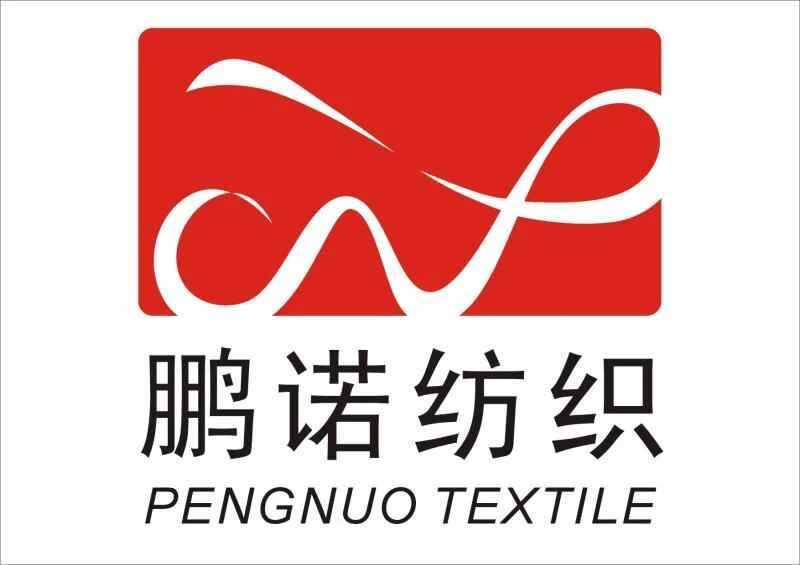

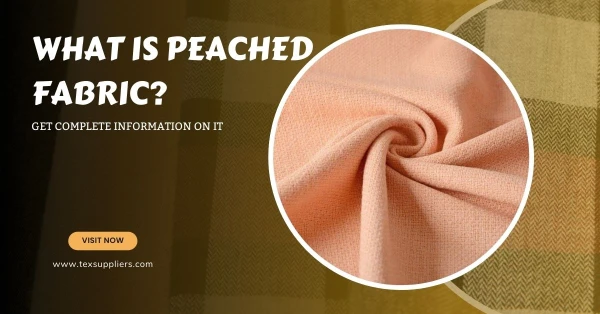
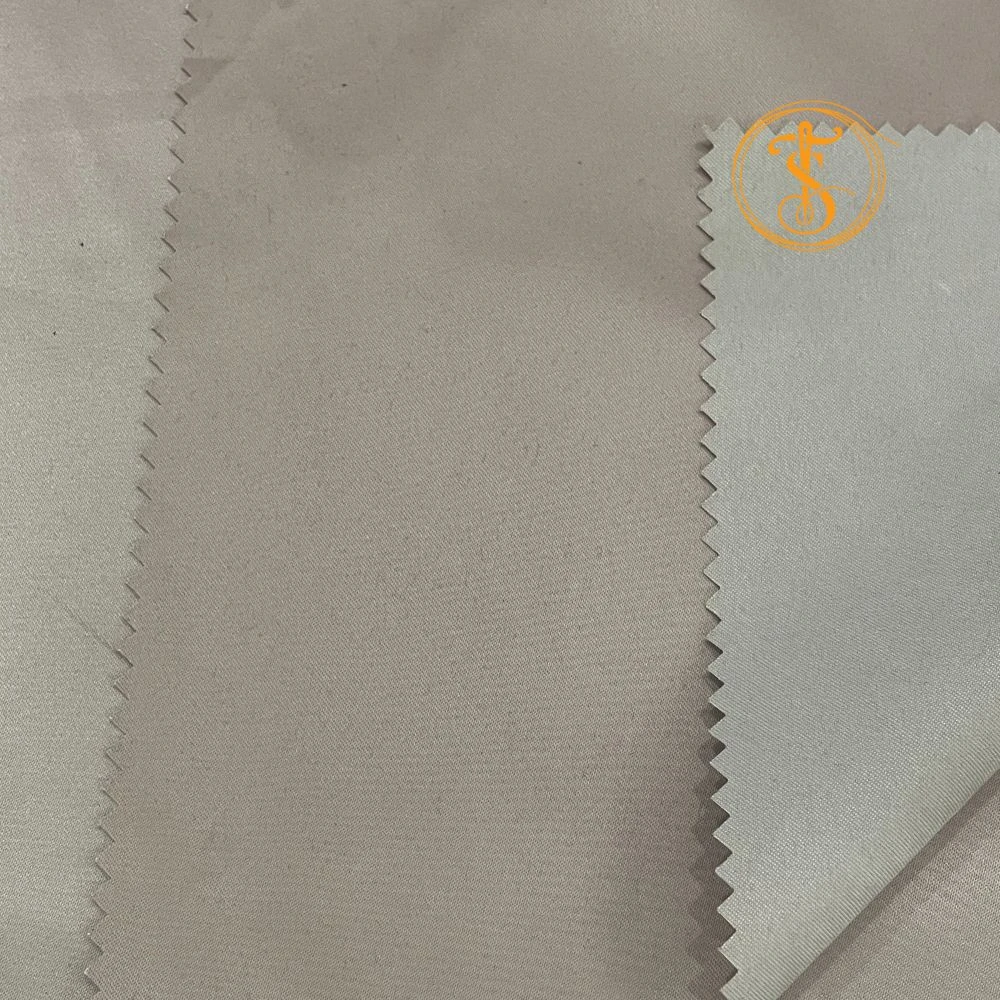
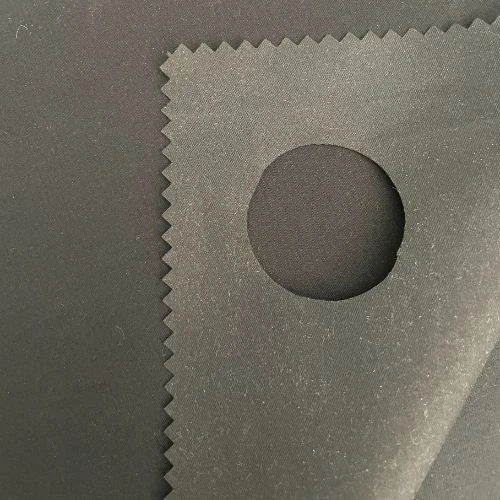
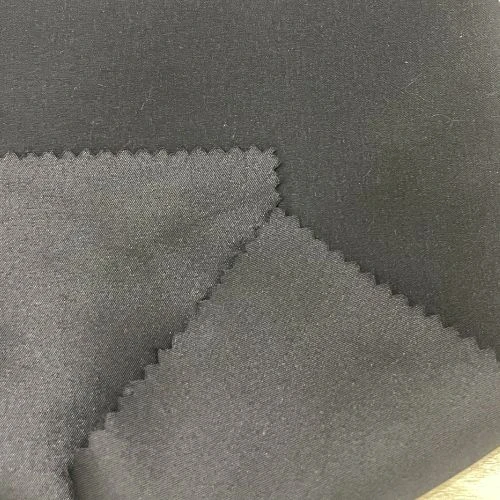
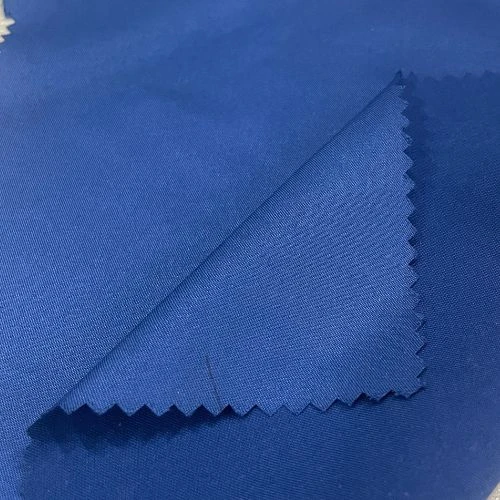
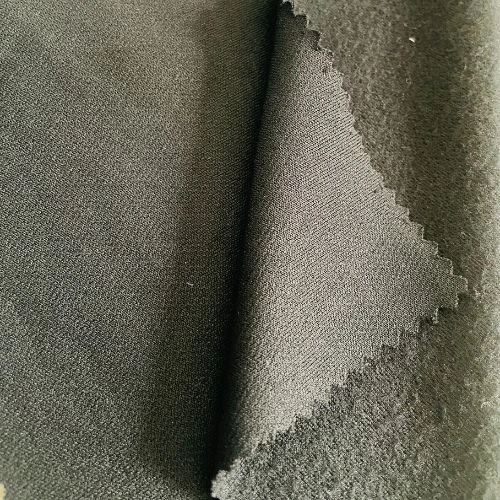
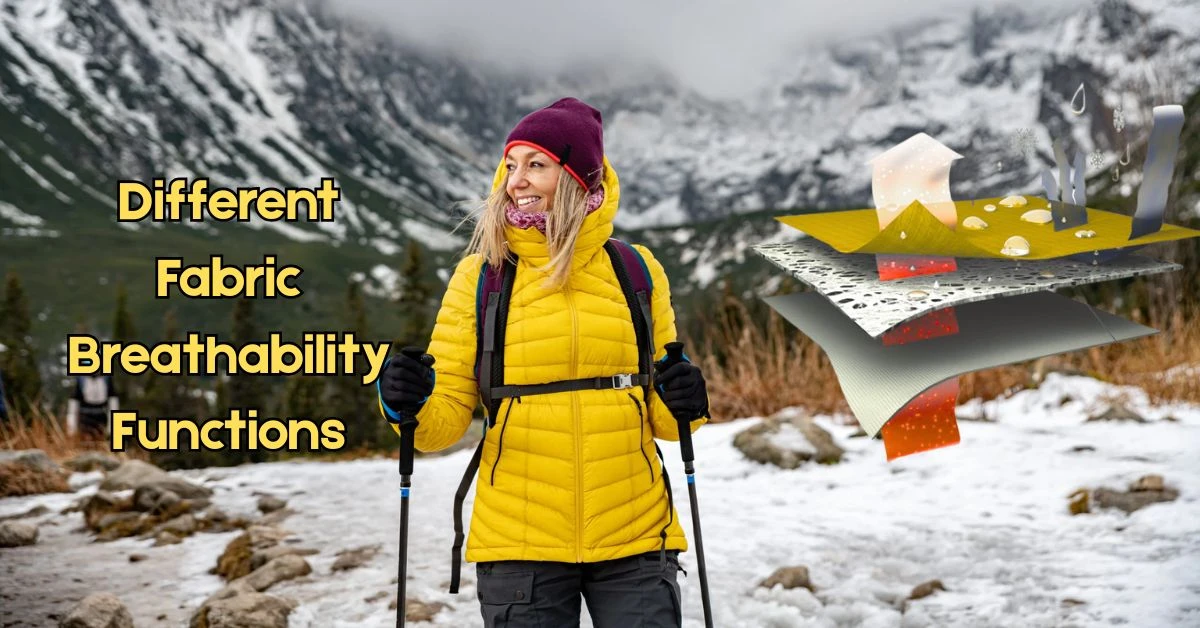
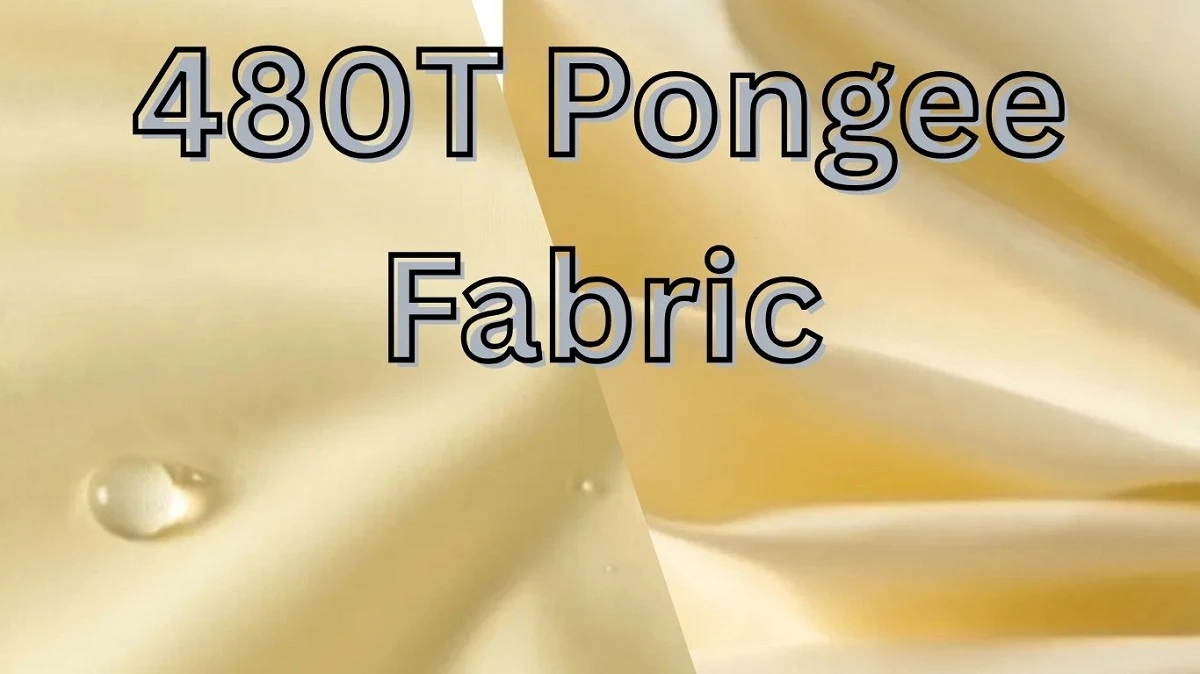
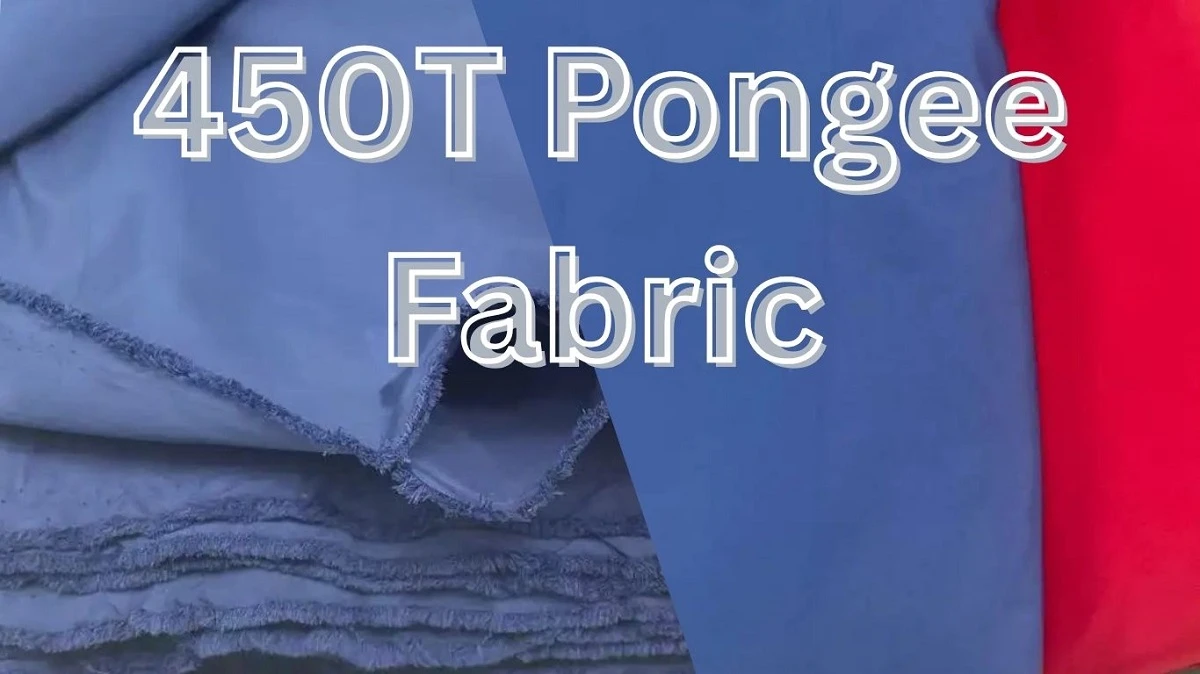
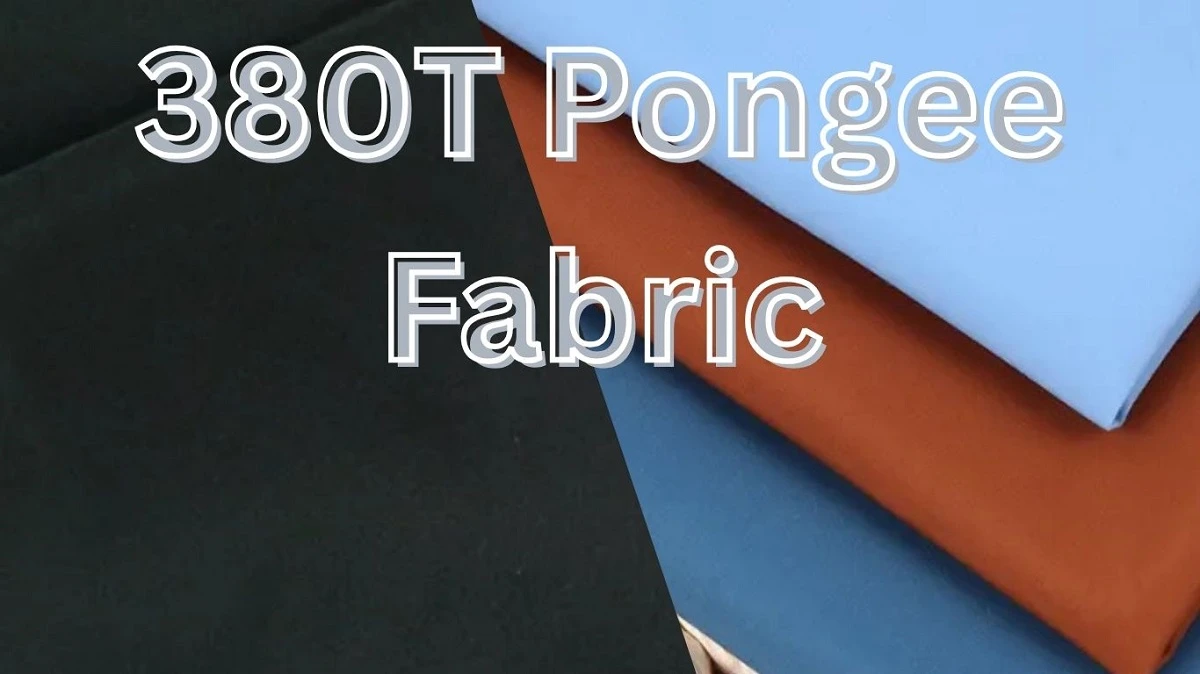
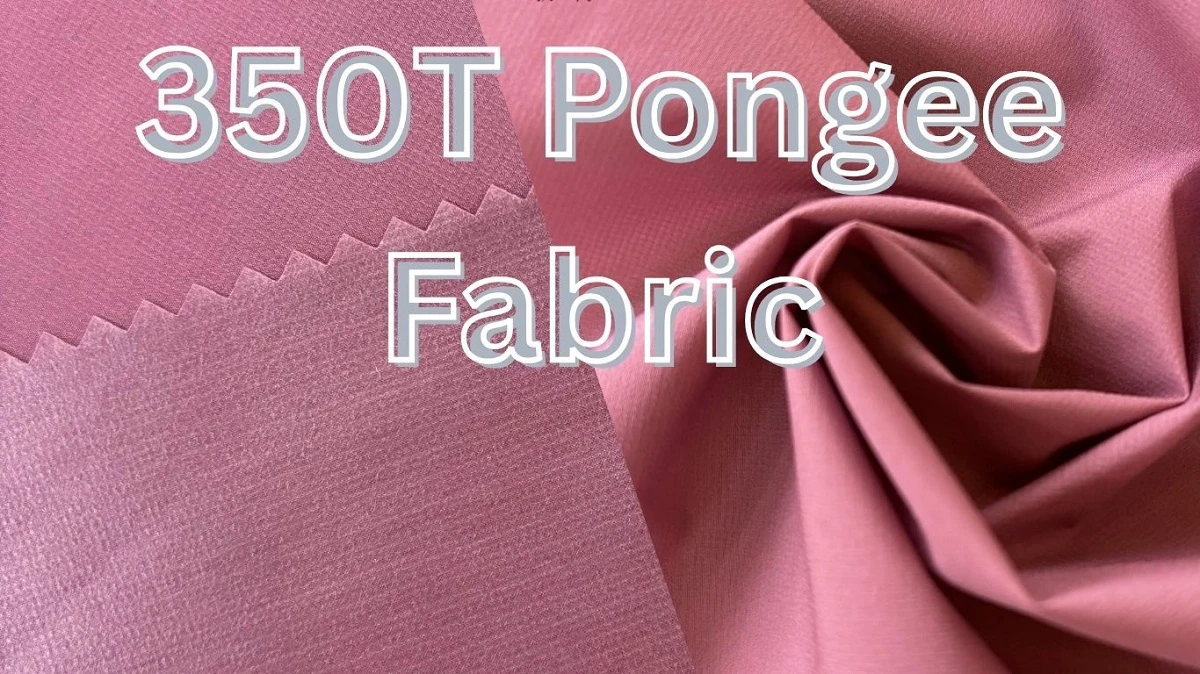
Comments - 00
Leave A Reply
Thanks for choosing to leave a comment.